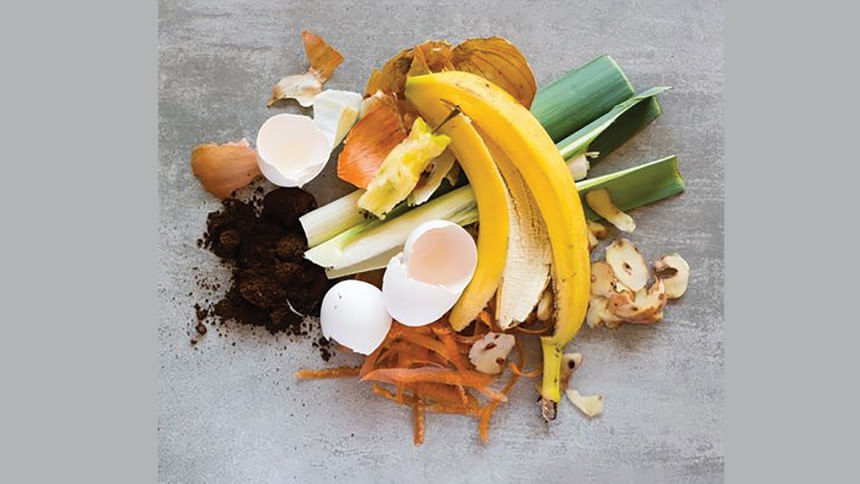Food upcycling: The missing link in our fight against food insecurity

Household food insecurity remains a significant challenge in Bangladesh, particularly for low-income households, driven by high food prices and climate shocks. World Food Day 2025, observed on 16th October, draws critical attention to the global fight against food insecurity.
Food upcycling is the process of turning food that would otherwise be wasted into products that can be eaten. For example, fruit peels can be turned into fibre-rich flour, and leftover rice into snacks. The goal is simple — turning potential waste into nourishment, while supporting livelihoods and protecting the environment.
Bangladesh's long culinary tradition already includes forms of upcycling — from using fish heads for curry, drying leftover rice into pitha, or making chutneys from fruit skins. These are time-tested examples of resourceful cooking, deeply rooted in culture. However, what is missing today is a structured approach that can scale up these practices into a modern food security strategy.
If Bangladesh were to adopt food upcycling on a larger scale, the benefits could be far-reaching. Small-scale processing centres could collect unsold or imperfect produce and turn them into dried foods, sauces, or powders. Urban households could be encouraged to repurpose leftovers creatively through awareness campaigns and community programmes.
However, scaling up food upcycling in Bangladesh requires policy support, training, and innovation. Food safety standards, labelling guidelines for upcycled products, and small grants for entrepreneurs could build consumer confidence and market trust. Educational campaigns — especially those connecting youth and older generations — can promote food wisdom rooted in both tradition and sustainability.
The writer is a dietician. Email: [email protected]

 For all latest news, follow The Daily Star's Google News channel.
For all latest news, follow The Daily Star's Google News channel. 



Comments